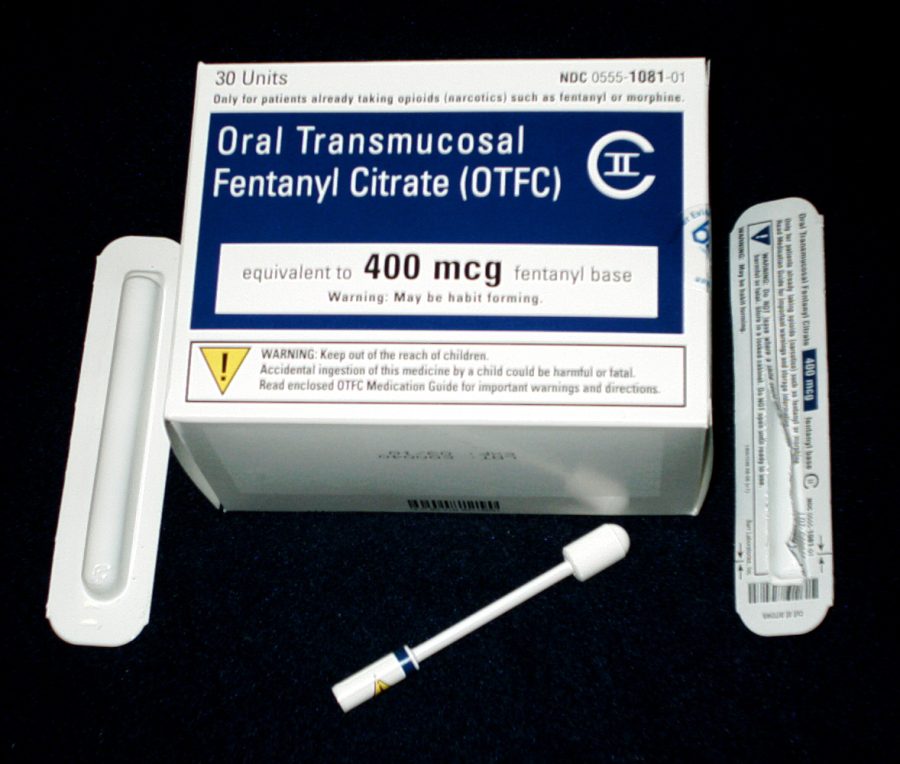Reversing the Effects of a Fentanyl Overdose
DSC_2Mega_Pix
The School Board of Trustees reviewed a policy permitting schools to allow trained personnel to administer a life-saving medicine that reverses the effects of an opiate overdose on Sept. 21, 2022.
Fentanyl is a pharmaceutical synthetic opioid used to treat severe pain and is often prescribed as a patch or lozenge. It is primarily produced in Mexico and is a leading cause of death in children. In 2016, Orange County had reported 36 fatal overdoses, and that number grew to 636 in 2021.
A lethal dosage of fentanyl is 2 mg, making it 100 times stronger than morphine and roughly 50 times stronger than heroin. Fentanyl-laced products are another topic of concern as they can be brightly colored and disguised as candy; attracting the attention of innocent children. A common product for children is the fentanyl patch meant for opioid-tolerant patients that releases medicine over three days before it needs to be replaced.
Common signs of fentanyl poisoning include small pupils, shallow breathing, slurred speech, vomiting, and loss of consciousness. An overdose can occur when the child becomes curious and misuses the patch by putting it in their mouth or other areas of their skin.
Teacher Music Itinerant, Michelle Voss, spoke at the meeting on Sept. 21 and spoke on how “most who was dying did not know they were taking fentanyl, they were poisoned.”
The Board of Trustees is revising Board Policy 5162, Administering Medicine, to reduce the spike in opioid poisoning. This enables schools to allow trained personnel to administer a medicine that fights an opiate overdose to someone in need.
This medicine is in the form of a naloxone nasal spray, used to temporarily block the effects of opioid remedies. Multiple doses may be required depending on the severity of the overdose and the drugs involved.
Within 2 to 3 minutes of being provided, the medicine should start reversing the effects of the overdose. After naloxone has been administered, one must seek medical attention as soon as possible. It is known for restoring breathing abilities as fentanyl often slows or stops a person’s respiratory system.
Side effects of the naloxone nasal spray include a headache, nasal dryness, congestion, and muscle pain. Symptoms of an allergic reaction to naloxone include hives, and swelling in the lips, face, or throat.
Amy Neville, the founder of the Alexander Neville Foundation, shared her belief that “the first step in reversing the fentanyl epidemic is to educate our communities. We are living at a time where we don’t have to suffer substance use disorder to die from drugs. People need to understand what fentanyl is, what is happening right now, and how the current drug climate has changed.”
Before the revision of this policy, designated employees needed written statements from the student’s physician and parent or guardian to provide any medication, except epinephrine.
The School Board’s recent actions to make naloxone more available to those in need and to spread awareness of the severity of fentanyl are the first steps to reversing this dangerous epidemic.

Maya is currently a senior at Aliso Niguel High School. This is her third year in newspaper and she is excited to continue writing for The Growling Wolverine....





